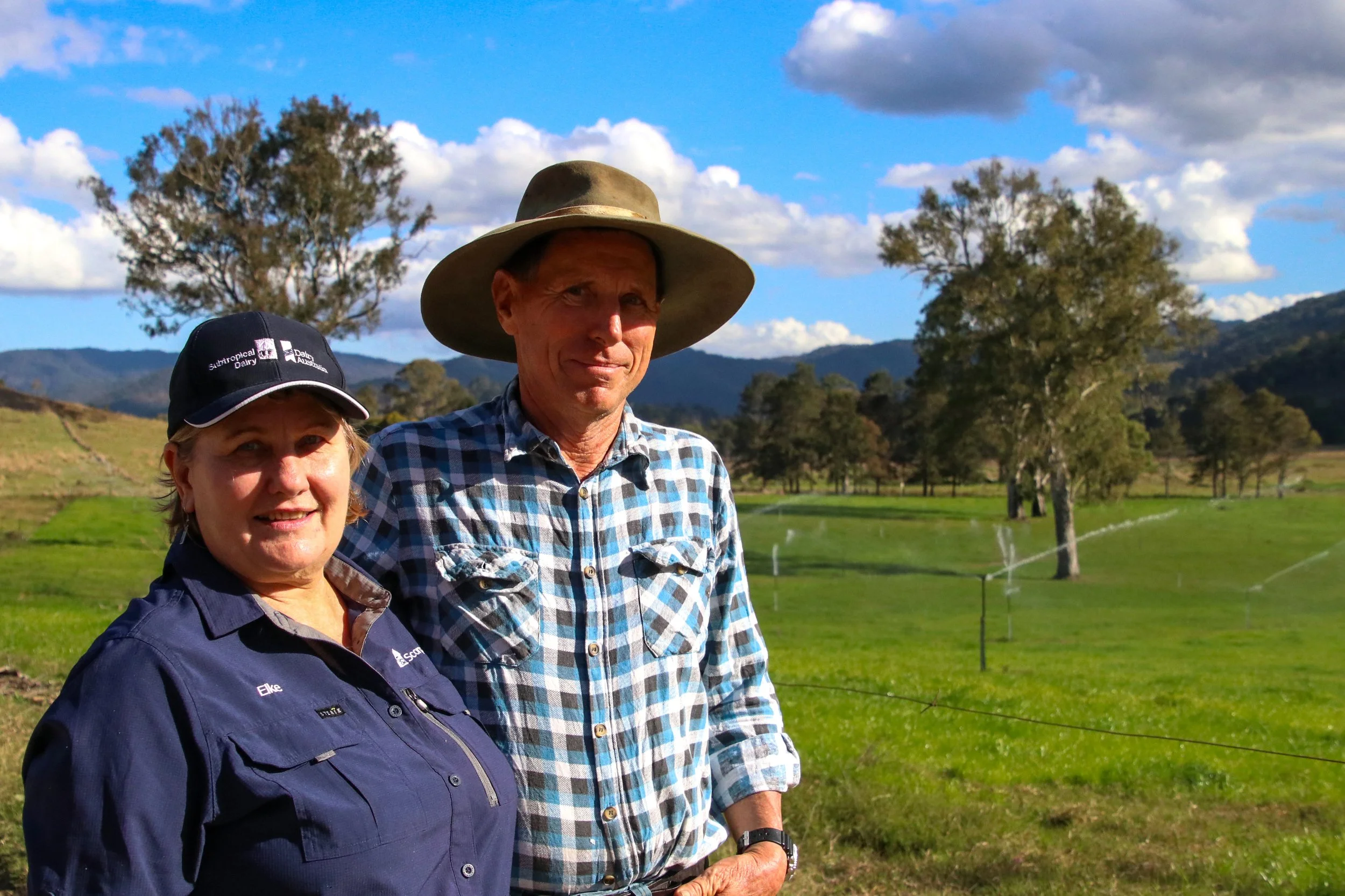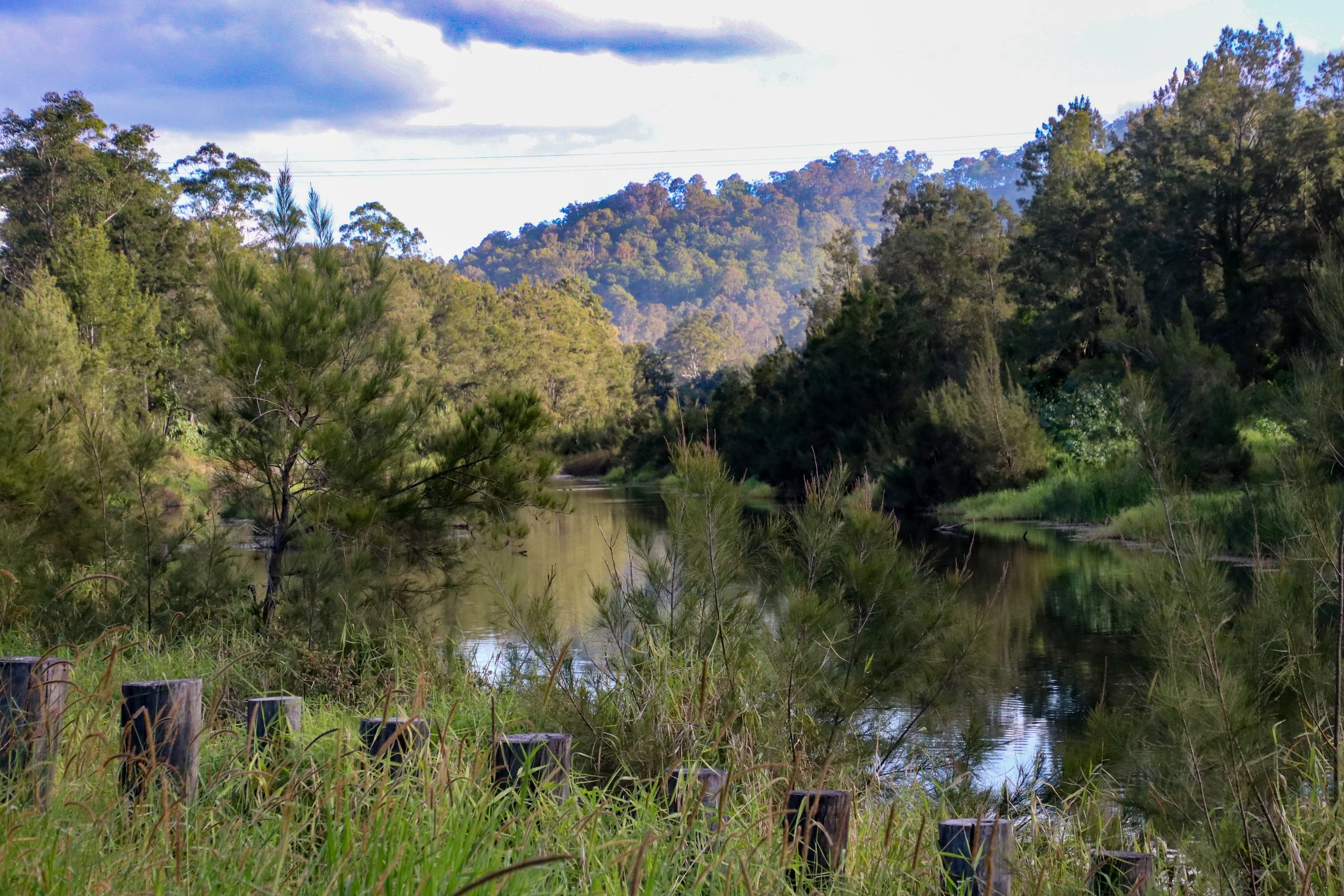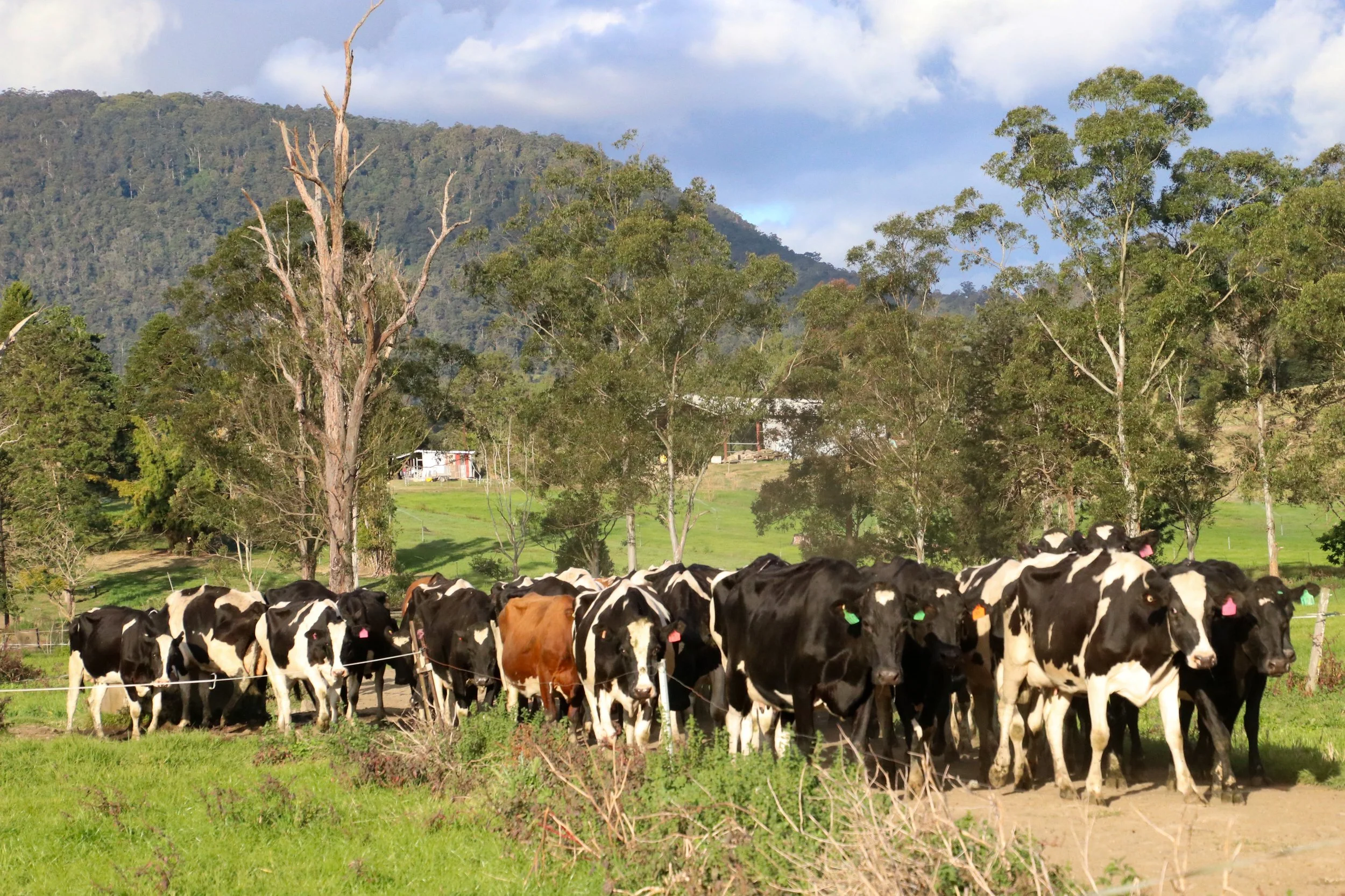The Mary River Recovery Project - Watson’s Property Case Study
Peter and Elke Watson are dairy farmers in the upper Mary River region. When they first began their farming journey three decades ago, they were often seen as the ‘weirdo greenie’ neighbours for fencing off their river from livestock and emphasising environmental priorities.
As trailblazers, the Watson’s, along with ten other landholders throughout the Mary Valley have transformed their riverfront property through innovative engineering and revegetation efforts to reduce fine sediment loss. These initiatives have prevented 1,970 tonnes of fine sediment from entering the Great Barrier Reef each year from the Watson property alone.
The Watson’s are custodians of change, and they recognise the connections between their actions on the land in the Mary Valley and the health of the Great Barrier Reef. They’ve experienced devastating floods that have cost them land, pumps, and even solar panels. After seeing images of sediment plumes heading toward the Great Barrier Reef post-flood, they were motivated to take action to reduce sediment loss. By utilising LiDar technology, implementing engineered solutions such as pile fields, and applying proven revegetation techniques, the Watson’s River front has become more resilient, enhancing the long-term health of the river, its inhabitants and the community that uses the river as a resource.
The results of the Mary River Recovery Project have surpassed their expectations, and they’ve noticed a remarkable resilience in their river frontage since completing their conservation efforts. The Mary River Recovery program will continue for an extended maintenance period into 2025. Additional plantings and treatment of threatening weed species will assist in protecting the longevity of the Watson’s site.
The Mary River Recovery Project is funded by the partnership between the Australian Government’s Reef Trust and the Great Barrier Reef Foundation. The project was delivered by the Mary River Consortium consisting of the Burnett Mary Regional Group, Alluvium Consulting and the Mary River Catchment Coordinating Committee.




